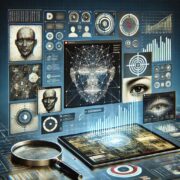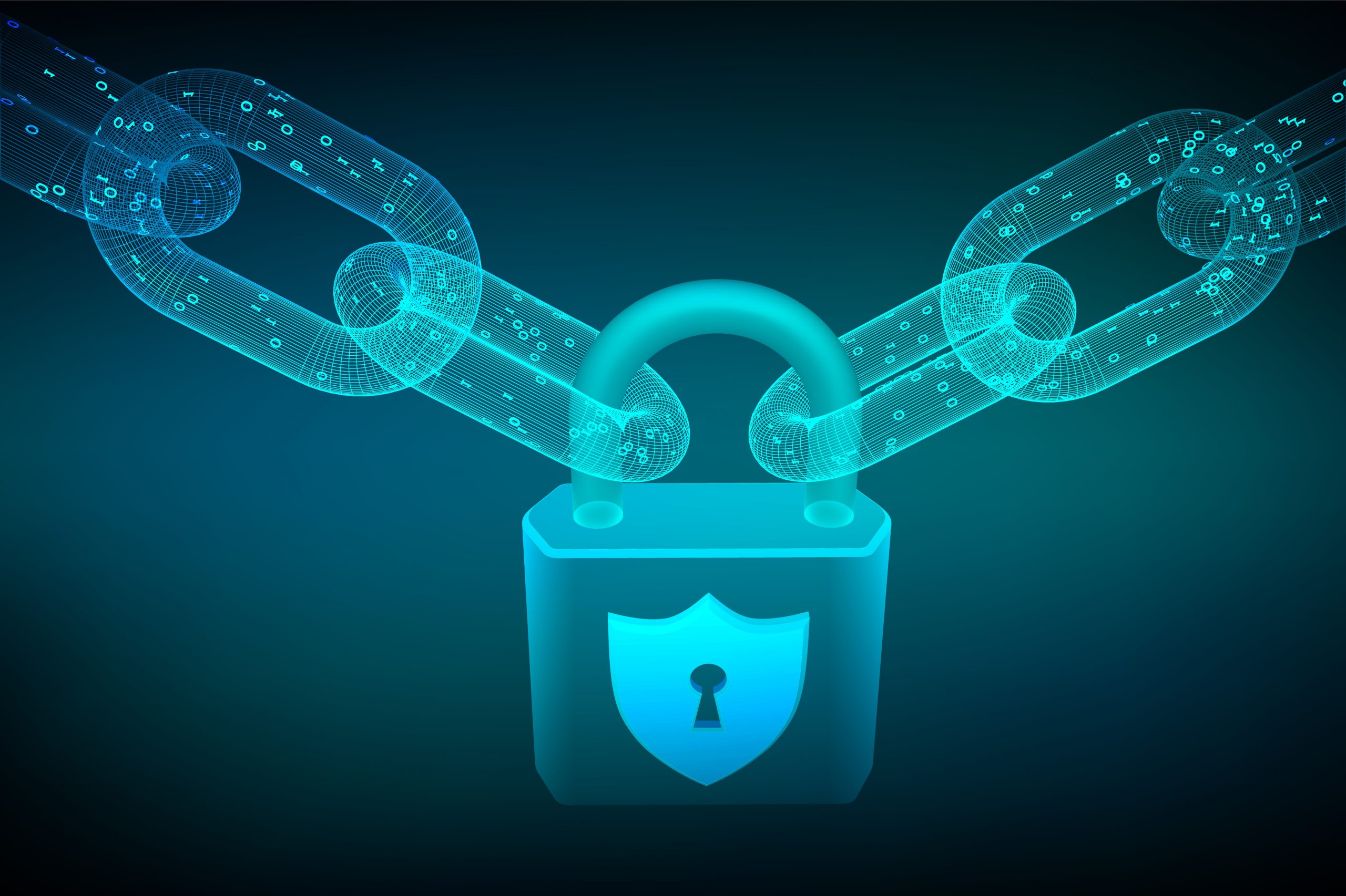What is the IoT? All you need to know about the Internet of Things
The Internet of Things, IoT, is a global trend that goes beyond the technical level. The possibilities grow exponentially when the number of connected things is counted in billions and the economic impact in trillions of dollars.
The business opportunities are much greater, but it is in contact with the users where the great difference lies, and the connected products are perceived as intelligent. Things can communicate even remotely.
In the last decade, the IoT has been slowly making its way into our daily lives with the evolution of wireless communications, like Wi-Fi, 4G, and 5G. It represents a future in which all everyday objects, computers, mobile phones, televisions, cars, and refrigerators will be connected to the Internet.
They will be recognizable and constantly connected to communicate and exchange information and data. Today, many sectors of the economy use the IoT to improve existing processes or to develop new and innovative services.
What is the Internet of Things or IoT Definition?
The Internet of Things is a new technological revolution aiming to connect all the objects we use daily with the Internet. It aims to create a vast global network of unique objects that can share information to complete scheduled tasks like smart refrigerators, smart bicycles, and other IoT devices examples.
IoT is simply things that can communicate with each other and share important information with us humans. We can say that the IoT connects the digital and physical worlds.
Several criteria exist for something to be classified as an intelligently connected product. The most obvious is that the object must have an internet connection or some other form of network. But, there are other criteria to take into account.
- One of them is that the object must be able to monitor its environment. If we imagine a smoke alarm, it can detect if there is smoke in the local environment.
- Another requirement is its control. Depending on what is happening in the environment, the object must be able to perform one or more actions. For example, the smoke alarm, when it detects smoke, it can start to sound an alarm and flash.
- The third requirement is optimization. This is when the smoke alarm goes from being a simple smoke alarm to something more. It is about the product using algorithms that can inform the environment about the service and what parts can and need to be replaced.
What technology does IoT use?
The Internet of things uses multiple technologies to apply to different devices. Learn about two of these cutting-edge technologies at the service of the IoT:
5G technology
Thanks to its speed improvements, this technology allows the IoT to advance qualitatively and quantitatively in applications such as surgical operations with remote robots or autonomous cars. 5G will allow IoT devices to be unlinked from Wi-Fi networks in the near future.
Artificial Intelligence and Machine Learning
These technologies allow businesses to not only manage and process vast amounts of IoT data but also analyze and learn from it. Big Data is the favored food of AI and machine learning. The larger and more diverse the data sets, the more robust and accurate the insights and insights that advanced AI-driven analytics can deliver.
Examples of the Internet of things
Every day there are more examples of the Internet of things we have in our daily lives. It is that, when it comes to making our lives easier, there are many devices that we can find.
Among the most common examples of the Internet of Things are:
- Smart light bulbs and locks
- smart appliances
- thermostats
- Toothbrushes
- water bottles
- parking spaces
- cars
Each of these devices is an example of the Internet of things applied to the benefit of society. In addition, they are the first step toward a more connected world of which we will be a part.
Conclusion
The concept of IoT applications is beginning to come to reality with the innovation of 5G. Among other IoT examples, we have had the likes of smartphones and smart wristwatches. Therefore the IoT fact will keep coming to life.







Comments